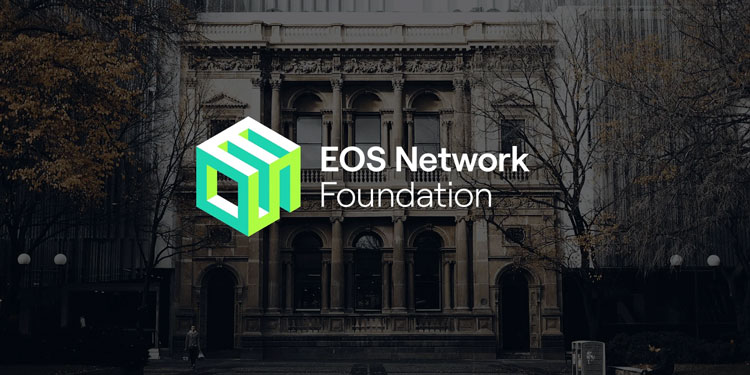The EOS Network Foundation (ENF) announced the beta start of the EOS EVM mainnet. The goal is to make it easier for the Ethereum and EOS blockchain ecosystems to connect with each other. The EOS EVM can act like the Ethereum Virtual Machine (EVM) and make it easier to run digital apps (DApps) written in Solidity, which is the most common computer language used by web3 writers.
The ENF team says that Ethereum’s problems with scale make it harder for DApps to be used by many people. This is what EOS EVM is trying to do. The team wants to reach this goal by combining the power of the EOS Network with the resources of the Ethereum community.
The founder and CEO of the EOS Network Foundation, Yves La Rose, said that this is a big deal for the network and sets the stage for a future where different networks can work together. La Rose said that the EOS EVM is a big step forward and shows how committed we are to a future with various chains.
La Rose says that this gives coders the chance to take advantage of the lower transaction prices and faster transaction handling times of the EOS network. With the new upgrade to Shapella, the Ethereum network is expecting a lot more people to start using it. Because of this, many companies have made it a top goal to make their networks compatible with EVMs. On April 3, Astar Network released smart contracts that worked with both the EVM and the WebAssembly Virtual Machine. Sota Watanabe, the founder of Astar Network, has said that this will make it easier for new multichain apps to be made on their network.
Polygon released the beta version of its zero-knowledge rollup-based zkEVM scaling option on March 27. This technology makes a copy of the way transactions are carried out on the Ethereum mainnet. According to a story by Polygon, this will make it easier for DApps to grow and work better.
